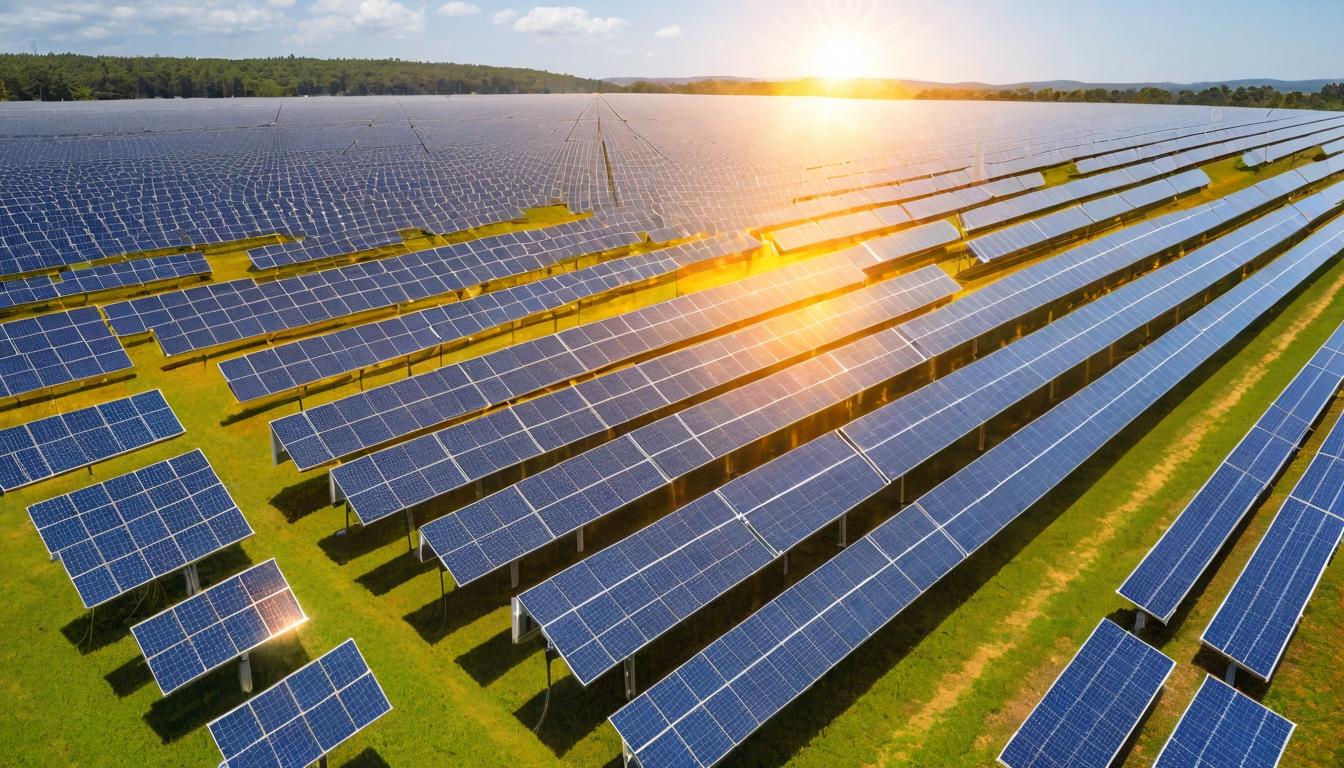Walking through the sprawling solar farms of California's Central Valley, you'd be forgiven for thinking the solar industry has settled into a comfortable middle age. Rows of panels tilt toward the sun in perfect symmetry, their silent conversion of photons to electrons appearing almost mundane. But beneath this placid surface, a revolution is brewing that will transform how we power our world.
While most eyes remain fixed on incremental efficiency gains in traditional silicon panels, researchers in labs from Stanford to Singapore are quietly perfecting technologies that could double—or even triple—the energy output from the same patch of earth. Perovskite solar cells, once dismissed as laboratory curiosities with laughably short lifespans, are now demonstrating commercial viability. These crystalline structures can be printed like newspaper ink, applied to flexible surfaces, and layered atop conventional panels to capture wavelengths of light that silicon alone cannot touch.
Meanwhile, the battery storage revolution has reached an inflection point that few saw coming. Utility-scale storage projects that seemed ambitious just three years ago are now being dwarfed by facilities capable of powering small cities through the night. The real breakthrough isn't just in scale—it's in intelligence. Advanced AI systems now predict energy demand patterns with startling accuracy, charging batteries when renewable generation peaks and discharging precisely when grids need support most.
This intelligence extends to the panels themselves. Smart solar systems no longer simply produce power—they communicate, self-diagnose, and optimize in real-time. When a single panel in a 10,000-panel array underperforms due to shading or debris, the system automatically reroutes power flows to minimize losses. These micro-inverters and power optimizers represent the nervous system of the modern solar installation, turning what was once a dumb collection of panels into a thinking, responsive energy network.
Perhaps the most dramatic transformation is occurring not in technology, but in economics. Solar-plus-storage projects are now outcompeting natural gas peaker plants on pure cost basis across multiple U.S. markets. The implications are staggering: we're witnessing the beginning of the end for fossil fuels in electricity generation, not because of regulation or activism, but because the numbers no longer add up for legacy technologies.
The supply chain story reads like a geopolitical thriller. While China currently dominates solar manufacturing with over 80% market share, America and Europe are mounting a counteroffensive. The Inflation Reduction Act has unleashed a flood of domestic manufacturing investment, with new factories rising from Georgia to Arizona. This renaissance isn't just about national security—it's about creating a more resilient, distributed supply chain that can withstand shocks from trade disputes to pandemics.
Floating solar represents another frontier that's expanding faster than anyone predicted. These aquatic arrays solve multiple problems simultaneously: they don't compete for valuable land, they reduce water evaporation from reservoirs, and the cooling effect of water actually boosts panel efficiency. From wine country vineyards using floating solar to power irrigation to major metropolitan areas covering reservoirs with power-generating platforms, this hybrid approach is turning liabilities into assets.
Community solar is quietly democratizing energy access in ways that were unimaginable a decade ago. These shared arrays allow renters, low-income households, and those with shaded roofs to participate in the solar revolution through subscriptions rather than upfront investments. The model has proven so successful that states are racing to expand programs, with some projects oversubscribed within hours of opening.
The solar workforce is undergoing its own transformation. What began as an industry dominated by roofers and electricians is now hungry for data scientists, AI specialists, and cybersecurity experts. The solar installer of 2024 spends as much time configuring software as mounting panels, monitoring system performance through cloud platforms that would have seemed like science fiction when the industry began its commercial ascent.
As we stand at this inflection point, the most exciting developments may be the ones we haven't yet imagined. Solar windows that generate power while remaining transparent, solar roads that melt snow while feeding the grid, and space-based solar that beams energy to Earth 24/7—these aren't pipe dreams but active research areas with serious funding. The solar revolution isn't slowing down—it's accelerating into territories we're only beginning to map.
The hidden revolution in solar energy that's changing everything

